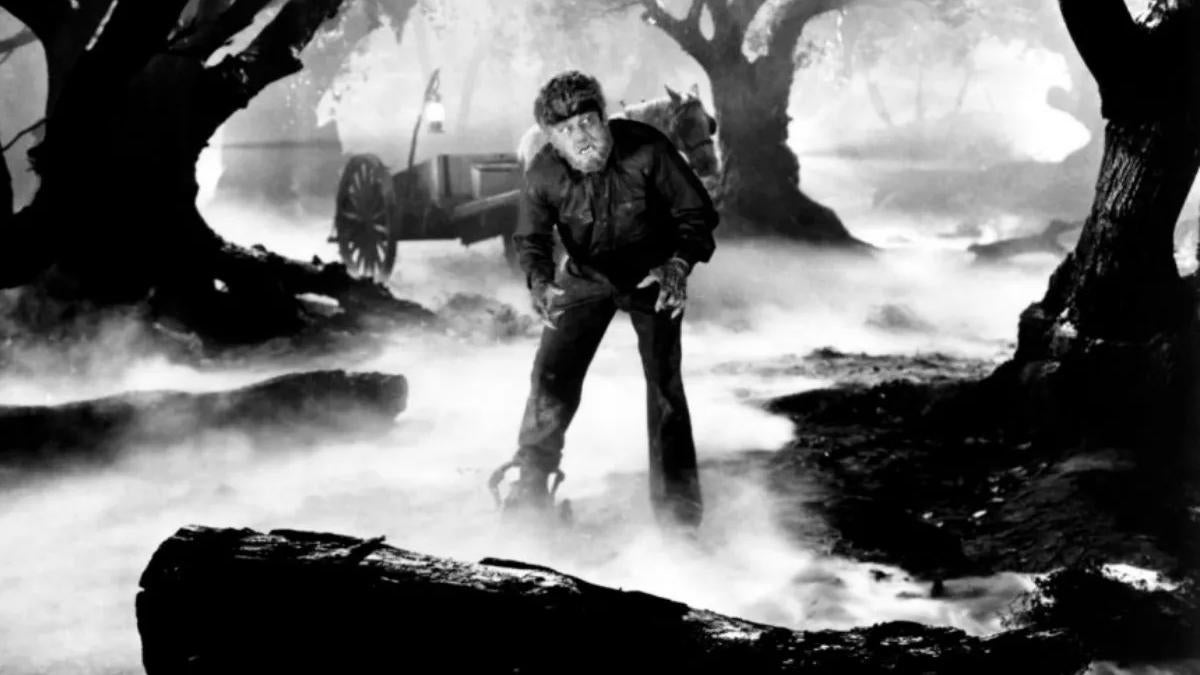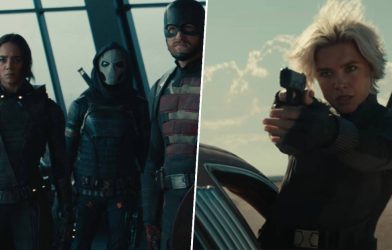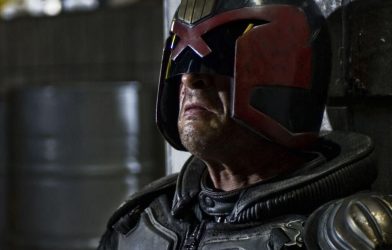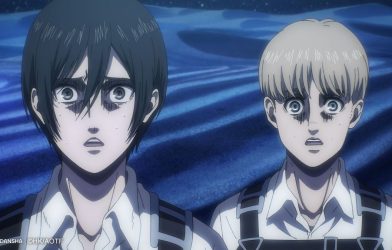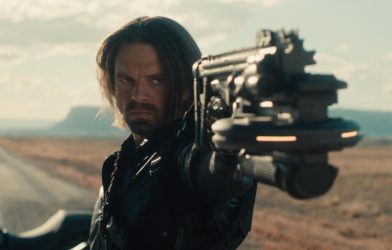Shared cinematic universes are all the rage nowadays. The Marvel Cinematic Universe is the most successful, with more than 30 films and multiple TV shows comprising its ever-expanding mythos. The DCEU struggled quite a bit, but its rebooted form – the DCU – seems to be off to a better start under the leadership of James Gunn and Peter Safran. And then there’s the Star Wars franchise, which consists of numerous sequels, prequels, spinoffs, and more. A big part of what makes shared cinematic universes so much fun is the creative ways filmmakers tip their hats to storylines and characters from different installments. These types of series are just so packed with Easter eggs and references that they are endlessly rewatchable.
Videos by ComicBook.com
But while the concept of a shared cinematic universe may seem like the latest Hollywood trend, it’s actually been around for decades, and it didn’t start with any superhero or space-opera flicks, either. In fact, the very first shared cinematic universe centered around the Universal Monsters, featuring Frankenstein, Dracula, the Wolf Man, and others. Universal tried to revive this idea with their Dark Universe – obviously designed to compete with Marvel and DC’s approach – but that idea was dead on arrival from the critical and financial failure of its very first installment, 2017’s The Mummy. However, the original Universal Monster Universe is worth looking at, as it laid the foundation for future shared cinematic universes.
The Birth of Universal’s Monster Universe

1931 was a good year for Universal, as their two major horror films, Dracula and Frankenstein, were major hits for the studio. Universal noticed that horror was popular with audiences, so it followed up with more films in a similar vein, including 1932’s The Mummy and 1933’s The Invisible Man, both of which were very profitable.
Hollywood loves making sequels to things, and that’s always been the case, apparently. Each of these films got follow-ups, such as Bride of Frankenstein, Dracula’s Daughter, Son of Frankenstein, The Invisible Man Returns, The Mummy’s Hand, and The Invisible Woman, among others. 1941 saw the release of The Wolf Man, crystallizing the Universal Monsters’ core members.
[RELATED: Why Is This One Universal Monster Modern Box Office Poison?]
The First Crossovers: The Monster Mash Begins
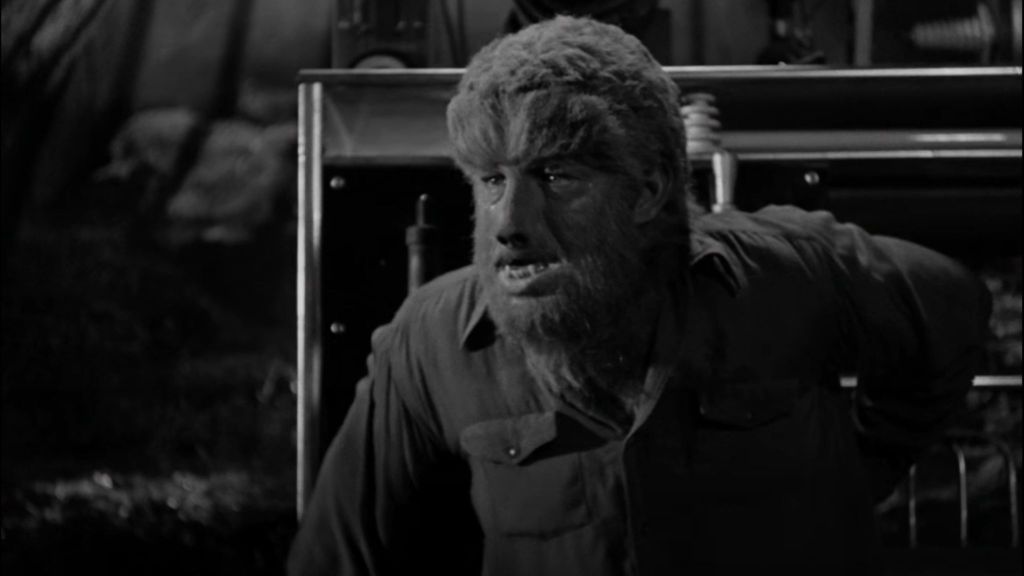
After a couple of more sequels in 1942 – The Ghost of Frankenstein and The Mummy’s Tomb – Universal finally hit on the idea of having their monsters meet each other onscreen. The concept was introduced to fans in 1943’s Frankenstein Meets the Wolf Man, and from then on, Hollywood would never be the same.
The film, of course, was a hit, which prompted Universal to continue this idea of having their most famous characters share the screen together, referring to them as “monster rallies.” These expanded universe films consisted of 1944’s House of Frankenstein and 1945’s House of Dracula.
However, the last two entries weren’t quite as financially successful as Universal hoped, so the studio did something audacious by coming up with a completely different kind of crossover for their monsters.
The Universal Monsters Get Goofy
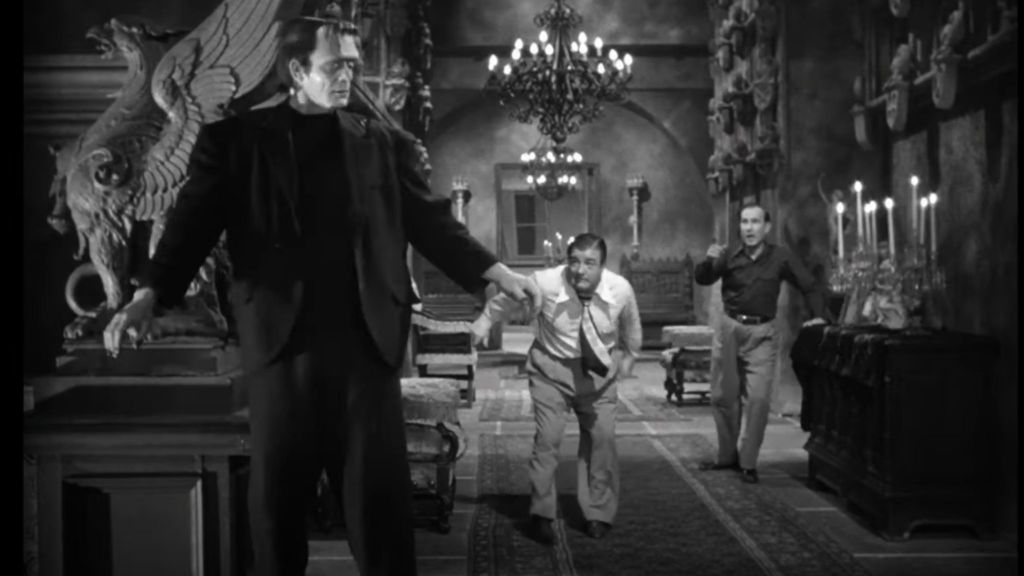
Bud Abbott and Lou Costello were a popular comedy duo who performed on radio, film, and television throughout the 1940s and 1950s. How someone at Universal came up with the idea to pair them with their stable of monsters is anybody’s guess, but it actually worked, culminating in the 1948 film, Abbott and Costello Meet Frankenstein, which was a critical and financial hit.
Universal had struck gold, so they decided to follow up with even more horror movies featuring the comedy duo in Abbott and Costello Meet the Killer, Boris Karloff (1949), Abbott and Costello Meet the Invisible Man (1951), Abbott and Costello Meet Dr. Jekyll and Mr. Hyde (1953), and Abbott and Costello Meet the Mummy (1955).
The Legacy Lives On
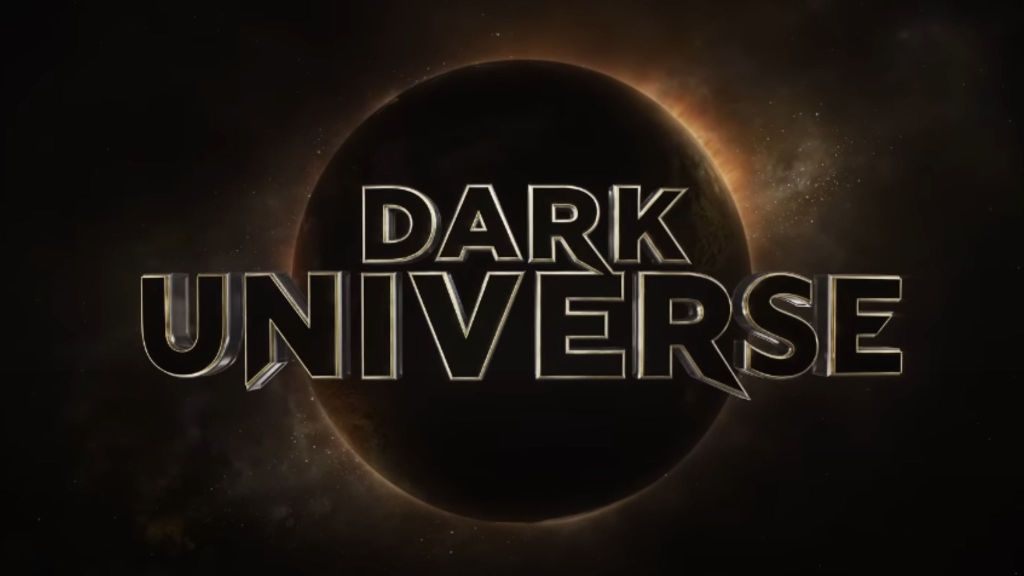
Universal’s approach to creating a shared cinematic universe differs from the modern blueprint in that it doesn’t pay as much attention to continuity, so there wasn’t as much pressure on audiences to have watched all of the previous films in order to fully understand and appreciate the latest installment.
Still, the idea of a studio putting all of their most popular characters together on the big screen is still in use. Studios know now what Universal knew then: audiences love the novelty of seeing their favorite characters cross paths with each other.
While the Universal Monsters shared universe may have had some rough edges, those monsters crept and crawled so that today’s cinematic heroes could fly and teleport.

